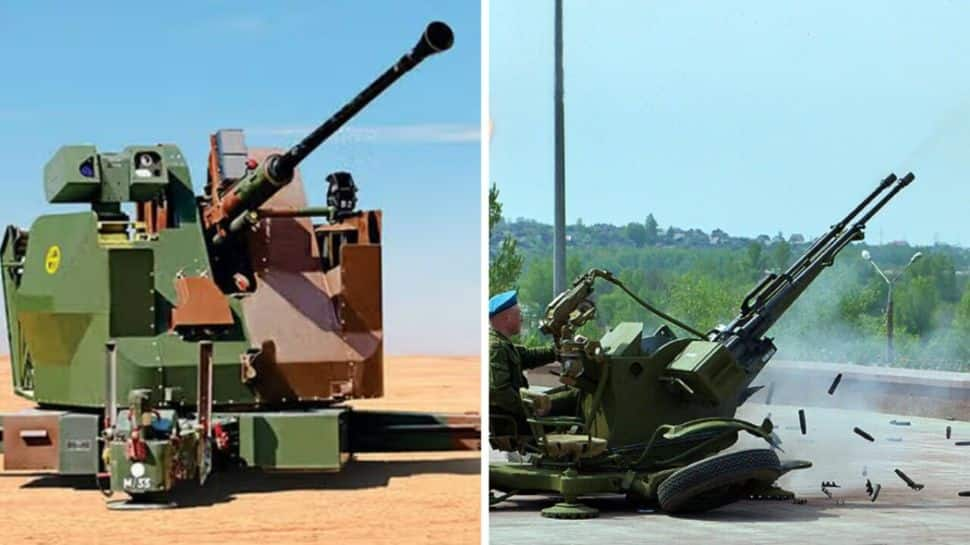Built To Kill Jets, Used To Crush Bunkers: Meet India’s Secret Weapon That Turned Kargil And Operation Sindoor Into Firestorms | India News

New Delhi: Indian Army’s anti-aircraft guns – L-70 and Zu-23mm – were never designed for ground combat. But during the Kargil War (May-July, 1999) and now again in Operation Sindoor (May 2025), they were turned into weapons of pure devastation. Pakistan’s bunkers did not stand a chance.
These guns were not new. Not advanced. But when Pakistani soldiers opened fire from mountain-top shelters in 1999, Indian gunners answered with fury. Direct fire. Relentless strikes. Round after round. The metal screamed across the peaks, and the bunkers fell silent.
Over 10,000 rounds were fired. Each one aimed not at enemy jets, but at men hiding behind rocks and cement. The guns that were supposed to shield the skies had turned into bunker killers. Some say they did not only destroy structures, they created graves.
From Kargil Heights to Operation Sindoor’s Skies
Air defence has always been the steel spine of any military. It protects against drones, missiles and jets. That is its job. But India’s anti-aircraft units broke every rule in the book.
During Operation Sindoor, these same guns roared again. This time, it was not bunkers. It was Pakistani drones. Low-flying intruders sent for surveillance and strikes. They never made it back. Over 600 drones shot down. Not one got past.
That was no accident. The L-70 and Zu-23mm have been upgraded. Modern sensors. Thermal cameras. Night vision systems. Real-time radar links. They are no longer relics of old wars. They are monsters reprogrammed for today’s battlefield.
And they did not miss.
The Gun That Refused to Retire
The L-70 arrived in India from Sweden in the 1970s. Decades-old, yes – but deadly. It can fire more than 300 rounds a minute. It reaches up to 4 kilometres. Its targeting is now radar-guided. And after its latest upgrades, it can even fire at night.
What makes it lethal? Precision. And volume. It does not wait for orders. Once locked in, it tears through anything that moves in its path.
The Zu-23mm came from Russia in the early 1980s. Twin barrels. Pure muscle. Each barrel can fire up to 2,000 rounds per minute. Manual control. No frills. Just power.
Get within 2.5 kilometres of this beast, and it turns you into dust. Whether it is a drone or a moving truck or a soldier behind a stone wall, it ends the threat in seconds. For years, it held the line. Soon, a new version will take its place.
But the legend will remain.
Meant for the Sky, Targets on the Ground
During the Kargil War, it was not only guns. Man-portable air defence systems like Igla also joined the firestorm. These shoulder-fired missiles were never meant for bunkers. But they were aimed at them anyway.
One by one, Pakistani shelters were flattened. The missile’s range – up to 6 kilometres – gave soldiers the reach they needed. The trigger was pulled. The explosion was final. The job was done.
The Igla system has served India since the 1990s. This year, its advanced version, Igla-S, has entered the arsenal. Sharper, smarter and stronger.
Across the Line of Control (LoC). Across the International Border (IB). Over 1,000 air defence guns now stand ready. Behind them, 750 short-range surface-to-air missile systems wait quietly. They are watching the skies. And the ground. They are no longer just shields. They are swords.
And when the next threat rises – whether from above or behind a wall – they will be ready to strike. Again.






